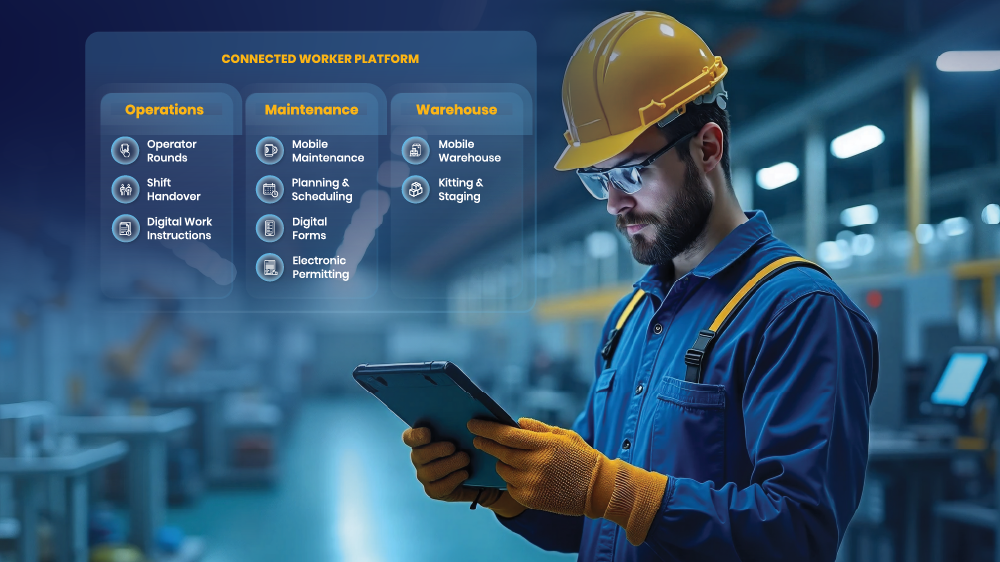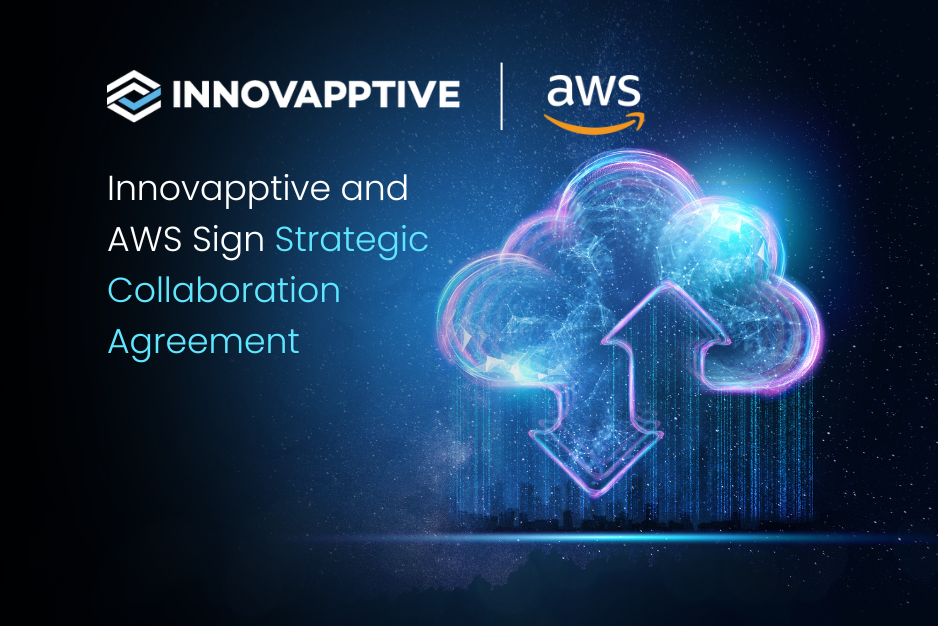5 Challenges to Digital Transformation & a Connected Worker Strategy for Industry 5.0

During the fourth industrial revolution, companies in asset-intensive industries such as oil & gas, chemical, pharmaceutical and mining have embraced digital transformation to redefine their operations to a great extent. Over the last decade, sensors enabled telemetry to connect devices, assets, products, operations and customers with Industry 4.0. While Industry 4.0 promised a raft of automation, in most enterprises, operations are still a set of tedious linear steps — slow, inaccurate and highly inefficient. In all this, front-line workers have been standing on the sidelines for the last 20 years, watching and waiting.
Front-line workers’ daily activities and workflows tend to be time- and task-centric, requiring different solutions than traditional office workers. Connected workers are capable of using various digital tools and data management techniques to improve and integrate their interactions with both physical and virtual surroundings. They are able to make faster, better and safer decisions that enable and optimize a process or set of processes that they participate in. To alerts and events generated from these sensor-enabled machines need to reach the right humans at the right time. But in most large enterprises, front-line workers continue to remain disconnected. With the advent of Connected Worker technologies, we are swiftly moving towards Industry 5.0. These modern technologies will connect the disconnected front-line industrial worker to establish synchrony between men and machines.
Challenges Ahead on Your Digital Transformation Journey
While you are preparing your company for the revolution, you should be aware of five key challenges that may hinder your transformation journey:
-
Outdated processes:
With everything connected digitally, it is challenging to rely on traditional paper-based processes and operate in silos; there is no longer a place for manual, time-consuming processes. To be efficient and provide front-line industrial workers the necessary information at the right time and at the right place, companies need to reimagine and reinvent their outdated processes with modern, “mobile-first” digital solutions that replace outdated and error-prone paper-based processes. -
Organizational resistance to change:
Where does your organization sit on change? Most employees are so entrenched in traditional processes of daily duties that, when the time comes to improve processes and incorporate new technology, they resist. They see change management as a challenge to their roles/responsibilities, at best, and a threat to their job security, at worst. To deal with this, organizations should partner with technology companies that don’t merely focus on a software implementation and disappear. Software vendors that understand the correlation between user adoption and ROI will bring Organizational Change Management (OCM) best practices either through their implementation competencies or within their productized solutions via gamification, leader boards and in build end-user training and certifications. -
Legacy business model:
Organizations have become very comfortable with their legacy systems. They need to leave this comfort zone, revamp their business model, and proceed ahead for more efficient and faster time-to-market digital solutions that use cloud, mobile, smart wearables and APIs to connect to anything and everything. To achieve this, organizations should consider best in class connected worker platforms that have a long term vision of the world where they focus on productivity, safety, compliance, analytics, autonomous models and powered by a unique code-free platform to support rapid scaling of their strategy and software. -
Upskilling employees:
Most of the front-line workers in asset-intensive industries are baby-boomers who are non-tech-savvy. They need a well-designed, intuitive digital solution that will increase productivity and engagement while minimizing training time. Mobile solutions encourage employees to perform business transactions on the fly. This mobility enables real-time transaction processing, improves data accuracy, and increases convenience. -
Lack of automation:
The value of automation lies in eliminating redundancies and time-consuming tasks. By embracing the right digital solution, organizations can automate and say goodbye to manual tasks, allowing for faster product updates and response times.
To achieve digital transformation and connected worker strategy goals, organizations need to define their digital strategy and methodically transform their business functions, including front-line operations. Forward-looking companies are turning to mobile technologies, smart glasses, AI/ML with superior user experience to increase employee productivity, sales revenues, and digitize redundant paper-based processes.
Want to Learn More?
Discover how embracing advanced mobile technologies will help you gain a competitive advantage while smoothly integrating into your existing systems, retaining current talent, and redefine processes; visit www.innovapptive.com or talk to our digital transformation experts at 1-844-464-6668.
Frequently Asked Questions (FAQs)
1. Why do organizations resist change when adopting new digital solutions?
Organizations resist change due to fear of disruption, lack of technical expertise, high implementation costs, and employee reluctance to adopt new technologies.
2. How does automation improve efficiency in digital transformation efforts?
Automation streamlines workflows, reduces manual errors, enhances productivity, and enables faster decision-making through real-time data processing.
3. How can companies ensure real-time data access for frontline industrial workers?
Companies can enable real-time data access by adopting mobile solutions, cloud-based platforms, and IoT-enabled devices to improve communication and decision-making on the shop floor.

See It In Action
Schedule a personalized demo to see how our solutions can help your business thrive.
- 29-09-2025
Your Ultimate Guide to Connected Worker
In the rapidly evolving industrial landscape, maximizing plant efficiency and ensuring optimal...
- 20-08-2025
Building the future of Industrial Operations with Innovapptive and AWS
Most manufacturers have already gone digital. Yet business outcomes haven’t moved in step. Many...
- 22-04-2025
The $3.6B Unlock: Solving the Chemical Industry’s Labor Crisis and EBITDA Pressure in One Move
“Constraints don’t slow innovation—they force it.”


